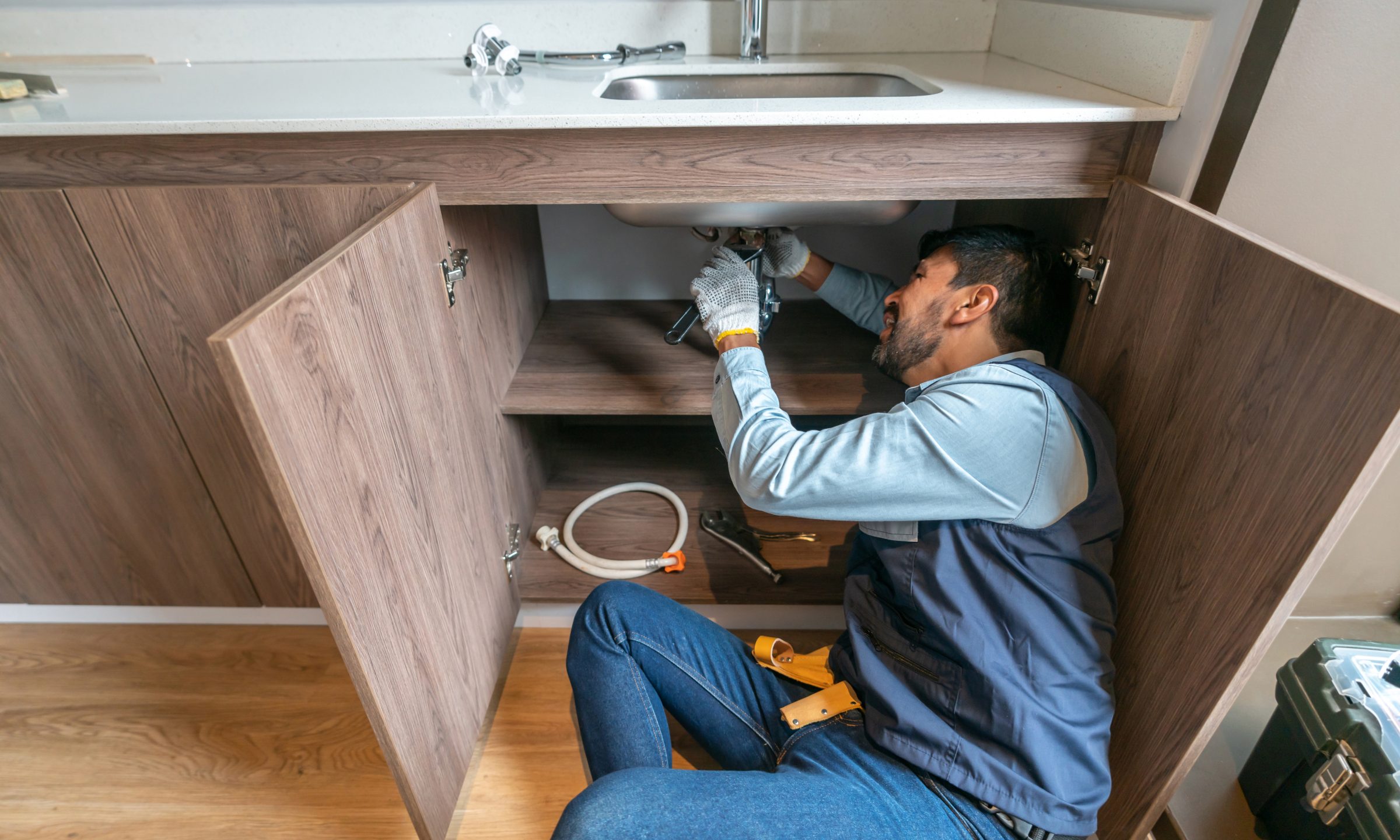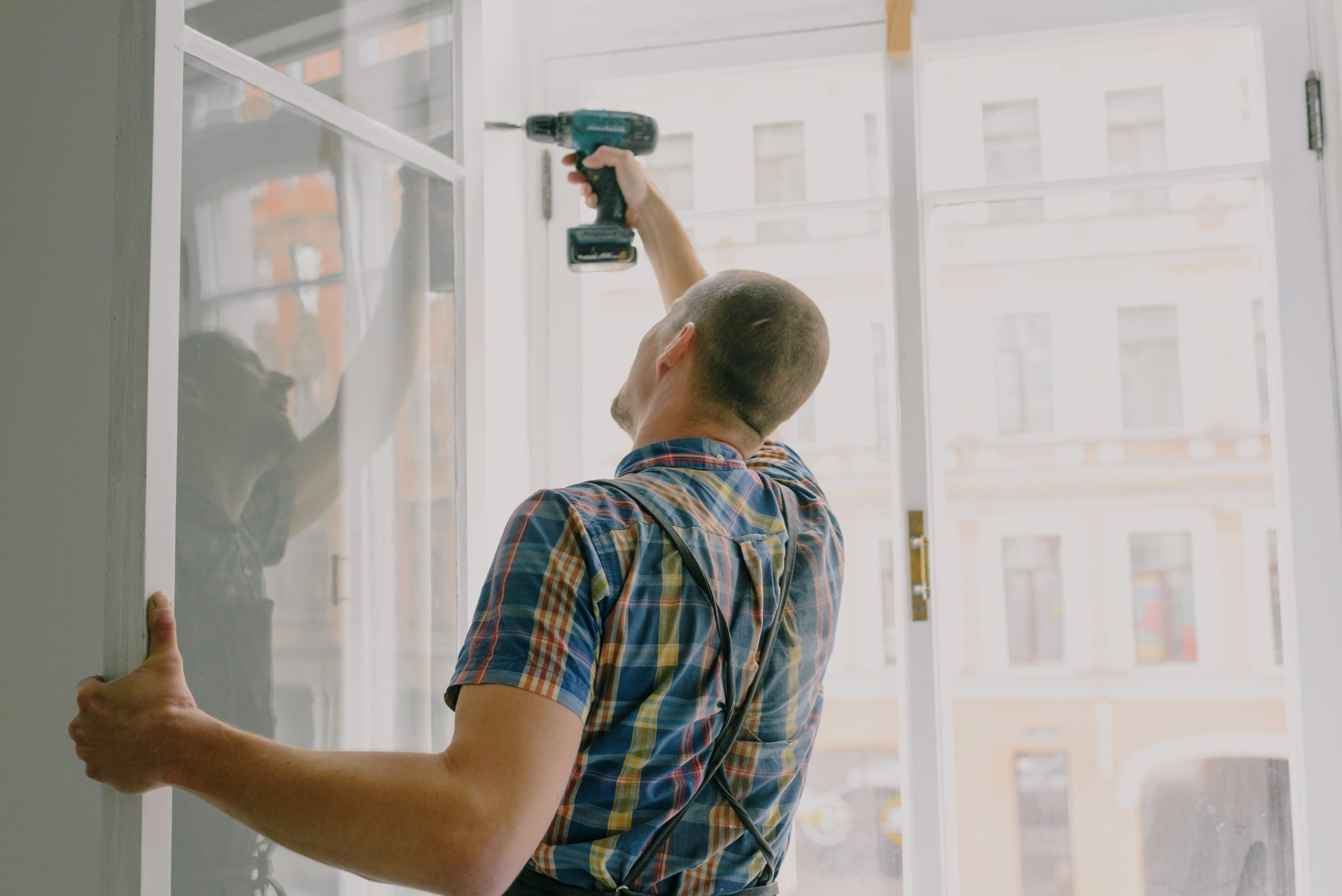Emergency Solutions for Plumbing Issues in Rental Properties
Emergency Solutions for Plumbing Issues in Rental Properties
Blog Article
What are your insights and beliefs on Plumbing Maintenance Guide for Tenants?

Handling pipes issues in rental buildings effectively is critical for maintaining lessee complete satisfaction and maintaining the home's worth. Whether you're a property owner or a building manager, understanding just how to address these typical problems can save you money and time while ensuring compliance with lawful duties. Here's a step-by-step guide on exactly how to take care of pipes issues in rental homes.
Record Everything
Keep in-depth documents of all reported pipes issues and the actions taken to settle them. Documentation should include dates, descriptions of the issue, interaction with occupants, and invoices from contractors or plumbings. This info can be vital for insurance policy cases, tax obligation reductions, and lawful defense.
Usage Qualified Professionals
Constantly make use of accredited and insured professionals for significant plumbing repairs and installations. This ensures that the work depends on code and can aid stay clear of responsibility concerns in case of crashes or more damages. It likewise assures renters that repair work are being dealt with expertly.
Establish Clear Interaction
Urge lessees to report any kind of pipes problems as soon as they occur. Provide numerous communication channels such as phone, e-mail, or an occupant website to make it easy for them to connect. Motivate actions to these reports can prevent small issues from rising right into major problems.
Enlighten Lessees
Educate your lessees regarding what makes up a plumbing emergency situation and what does not. Give standards on exactly how to deal with minor concerns themselves, such as making use of a plunger to unclog a commode. Likewise, inform them concerning what they must avoid taking down drains pipes to prevent clogs, such as grease, coffee premises, and non-biodegradable products.
Regular Upkeep
Carry out a routine upkeep schedule for all plumbing systems in your leasing homes. Regular checks can assist identify and settle problems like leakages, sluggish drains pipes, or corroded pipelines before they come to be serious. Consider employing a professional plumbing professional to examine the properties every year or semi-annually.
Quick Response to Emergencies
Have a strategy in place for reacting to plumbing emergency situations. This should include having the contact info of reliable plumbing solutions that offer 24/7 emergency fixings. Quick action is necessary to minimize damages in scenarios like ruptured pipelines or extreme leaks.
Preventive Upgrades
Take into consideration upgrading older plumbing systems and components to extra modern, effective versions. This can reduce the frequency and extent of plumbing issues and reduced lasting upkeep prices. It's also a marketing factor for potential renters that value upgrades and modern-day attributes.
Tenant Move-Out Inspections
Conduct extensive pipes checks throughout move-out assessments to ensure that any type of issues are identified and attended to before a new occupant moves in. This avoids conflicts with new tenants over pre-existing conditions and guarantees the home remains in top problem.
Understand Lawful Obligations
Be aware of your lawful duties concerning pipes and basic residential or commercial property maintenance. A lot of jurisdictions require proprietors to guarantee their buildings are habitable and that all pipes systems remain in good working order. Failure to attend to major issues quickly can lead to lawsuits from renters.
Renter Repayments
If a pipes concern requires immediate attention and the lessee solves the issue by themselves, have a clear plan in place for repaying costs. Guarantee lessees recognize they must obtain previous authorization for higher-cost repairs unless it's an absolute emergency situation.
Conclusion
Managing pipes problems in rental buildings needs an aggressive approach and great communication with tenants. By remaining on top of maintenance, responding without delay to emergencies, and using professional experts, property owners can maintain their residential properties in outstanding problem and preserve good relationships with lessees.
How to Handle Water Damage in a Rental Property
What is Water Damage?
Water damage is harm or destruction caused by water entering areas where it is not supposed to be. It can be caused by a variety of sources and can manifest in different ways. The most common examples of water damage include:
Leaking roof Plumbing leaks Appliance malfunctions Poor drainage Flooding Sewage backup Condensation Tenant negligence HVAC system issues Frozen pipes Is water damage dangerous?
Water damage itself is not inherently dangerous, but it can lead to various hazards and health risks if not promptly and properly addressed. The severity of these risks depends on the extent of the water damage, the source of the water, and how quickly it is mitigated.
Some potential dangers associated with water damage include structural damage, mold and bacterial growth, electrical hazards, water contamination, and pest infestations. In situations where mold and mildew have gone unaddressed, mold can start to develop within 24-48 hours of water exposure, and this can impose a serious health risk to tenants. In particular, mold spores and damp conditions can lead to respiratory issues and even make existing health problems worse, such as allergies, asthma, or immune disorders.
Water Damage in an Apartment - Who is Responsible?
If the water damage is caused by the tenant’s negligence, the tenant is responsible for the cost of repairs. If the water damage is caused by a defect in the property, the landlord is responsible for the cost of repairs. If the water damage is a result of natural causes, such as excessive rain, then the landlord is responsible, since the water intrusion likely occurred due to a defect in the property. Landlord Responsibility water damage in rental property
Since maintaining habitability is the landlord’s legal responsibility, landlords are responsible for any resulting structural damage caused by water damage. These structural damages may include damage to walls, roofs, ceilings, and flooring. If water damage has affected the rental property’s original structure, the landlord is responsible for repairing or replacing those materials. Therefore, landlords should have property insurance that covers the structural components of their rental property so that they can receive help with the costs of covered events.
Preventative measures can also help landlords avoid massive renovations. Preventative maintenance may include conducting regular inspections to identify and address potential water damage before it becomes a major and urgent problem.
If a landlord fails to meet their responsibilities regarding water damage, it can lead to legal disputes and potential liability. Tenants who believe their landlord is not addressing water damage issues in accordance with California law can seek legal advice or contact local housing authorities for assistance.
https://www.goodlifemgmt.com/blog/water-damage-in-a-rental-property/

As a serious reader on How to Handle Plumbing Issues in Rental Properties, I figured sharing that short article was sensible. Are you aware of someone else who is occupied with the subject? Why not promote it. We treasure reading our article about 10 Common Rental Property Repairs.
Report this page